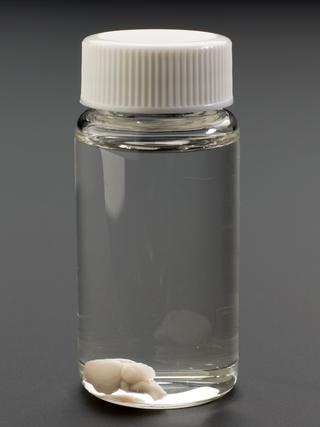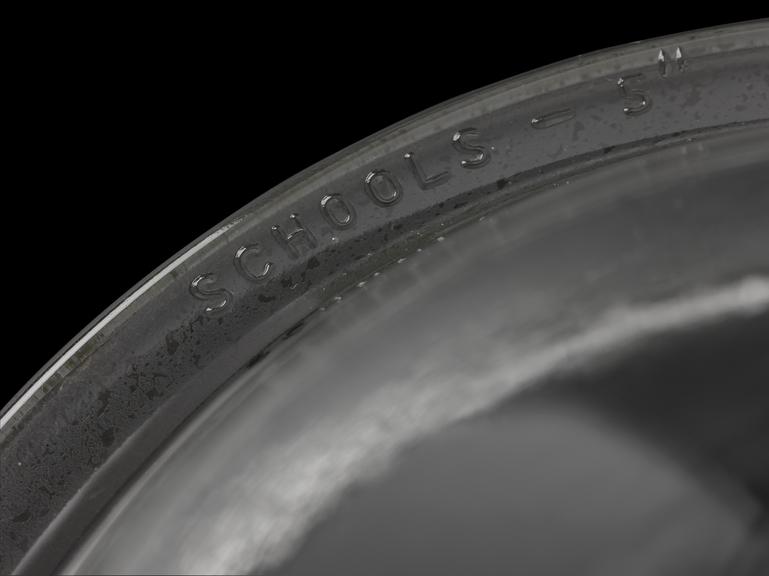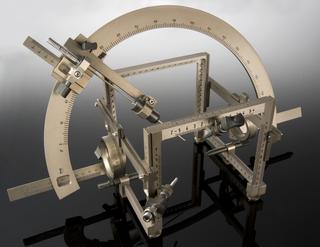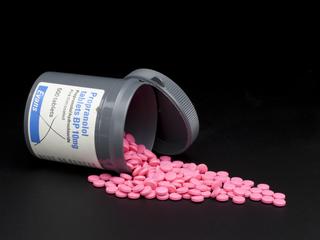







Desiccator jar used as an incubator for fertilised eggs by Robert Edwards, Patrick Steptoe and Jean Purdy during the development of in vitro fertilisation (IVF) , Cambridge, 1977
It looks like a mundane item of laboratory equipment, but this football-sized glass jar played a critical role in the creation of the world’s first ‘test tube babies’. In fact, no test tubes were involved; the first people ever to have been conceived using in vitro (‘in glass’) fertilisation or IVF began life in a petri dish. The delicate embryos were then left to develop for several days before being transferred into their mothers’ wombs. Inexpensive desiccator jars like this are routinely used to dry or protect their contents from water damage. However, this one was repurposed by IVF pioneers Robert Edwards, Patrick Steptoe and Jean Purdy to use as an incubator for the newly fertilised human eggs. Originally sealed at the top with a ground glass stopper, it helped maintain the ideal environment for growth by replicating conditions found inside the body.
Robert Edwards – a British physiologist who had dedicated his career to the study of human reproduction – was the first person to fertilise a human egg outside the body in 1968. Edwards joined forces with surgeon Patrick Steptoe, known for his pioneering use of laparoscopic or ‘keyhole’ surgery to diagnose and treat gynaecological disorders; a technique he later perfected for collecting eggs from the ovaries. With limited funding, Edwards and Steptoe relied on cheap or second-hand equipment and voluntary assistance from nurses to care for their patients. Jean Purdy was one such nurse whose laboratory expertise made IVF treatment a reality. A skilled technician, Purdy monitored the developing embryos and was the first to witness their cells dividing. The trio embarked on a decade of clinical trials involving more than 282 women. During this time their work was met with widespread hostility from the scientific community, who argued that infertility was hardly a priority in an increasingly overpopulated world.
Everything changed when, on 25 July 1978, the world’s first IVF baby Louise Brown was born at Oldham and District General Hospital in Greater Manchester. Her arrival created a media sensation, overturning scientific and popular opinion and offering a beacon of hope to people otherwise unable to conceive. Since Louise’s birth over six million ‘test tube’ babies have been born. The team’s achievements were finally recognised when Edwards – the only remaining living member – was awarded the Nobel Prize in Physiology or Medicine in 2010 for the development of IVF.
Details
- Category:
- Biotechnology
- Object Number:
- 2022-20
- Materials:
- glass
- Measurements:
-
overall (approx.): 195 mm 165 mm,
- type:
- embryo incubator
- credit:
- Accepted in lieu of Inheritance Tax by H M Government from the Estate of Ruth Edwards and allocated to the Science Museum, 2022











